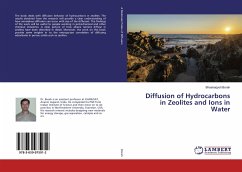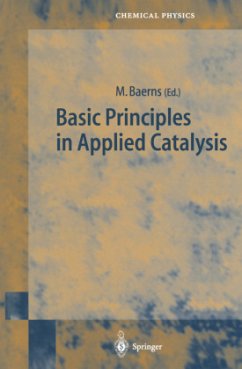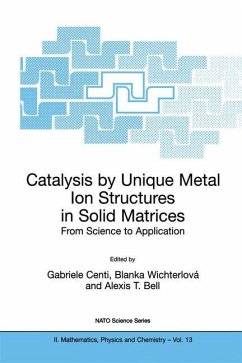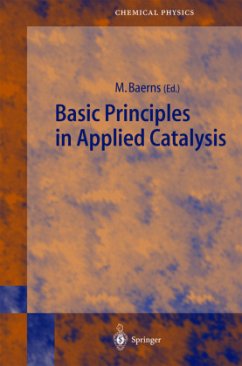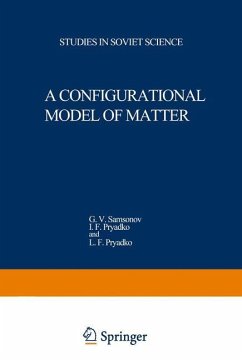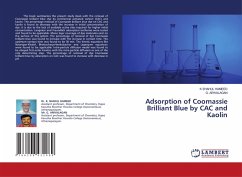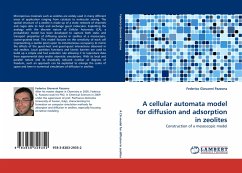
A cellular automata model for diffusion and adsorption in zeolites
Construction of a mesoscopic model
Versandkostenfrei!
Versandfertig in 6-10 Tagen
45,99 €
inkl. MwSt.

PAYBACK Punkte
23 °P sammeln!
Microporous materials such as zeolites are widely used in many different areas of application ranging from catalysis to molecular sieving. The spatial structure of a zeolite is made up of a static network of channels and cages able to host and exchange guest molecules. Exploiting the analogy with the discrete nature of Cellular Automata (CA), a probabilistic model has been developed to capture both static and transport properties of diffusing species in zeolites at a mesoscopic, coarse-grained level. This model focuses on the sensitivity of each cell (representing a zeolite pore) upon its inst...
Microporous materials such as zeolites are widely used in many different areas of application ranging from catalysis to molecular sieving. The spatial structure of a zeolite is made up of a static network of channels and cages able to host and exchange guest molecules. Exploiting the analogy with the discrete nature of Cellular Automata (CA), a probabilistic model has been developed to capture both static and transport properties of diffusing species in zeolites at a mesoscopic, coarse-grained level. This model focuses on the sensitivity of each cell (representing a zeolite pore) upon its instantaneous occupancy to mimic the effects of the guest-host and guest-guest interactions observed in real zeolites. Local partition functions and kinetic barriers are used to build up a simple and fast evolution rule allowing it to reproduce data from experimental data and/or atomistic simulations. With its local and parallel nature and its drastically reduced number of degrees of freedom, such an approach can be exploited to enlarge the scales of space and time in numerical simulations of diffusion in zeolites.



